Aspalatus linear bushes
The Dutch were the first to get acquainted with rooibos from Europeans in the XVIII century, and later it became known in almost all parts of the world. The fact that rooibos was used by Hottentots to make a drink was discovered by Karl Peter Thunberg, who was in South Africa on behalf of the Dutch East India Company[2].
The spread of rooibos in Europe began in the first years of the XX century[3]. The spread of rooibos was facilitated by the emigrant entrepreneur Veniamin Gunzberg (Benjamin Ginsberg) from Dinaburg, who at the beginning of the XX century organized the industrial production of rooibos and its export to Europe[2]. The first person who was able to grow rooibos from seed on the plantation was the Doctor Peter Le Fras Nortier[4].
Currently, Aspalathus linearis is grown in South Africa on an industrial scale. The entire Söderberg Valley is occupied by plantations of this plant. Annual production is about 12,000 tons, of which 6,000 tons are exported. Half of the exported volume is consumed by Germany[5]. Attempts were made to cultivate linear aspalatus in South America and Australia, but they were not successful.
Bushes aged 1.5 years are used for production. Thin branches are cut from shrubs, crushed at the factory, after which fermentation is carried out (similar to tea production) — raw materials are laid out on a horizontal surface, watered with water and left for several hours under the sun. After fermentation, rapid drying is carried out (now vacuum drying units are used), sorting, pasteurization, and packaging. Rooibos is packed in the same way as tea — either in bulk in bags and boxes, or in disposable tea bags. Most large ” tea ” companies offer in their product line several variants of rooibos, in different packaging, flavored, as part of various tea-like mixtures.
Brewing
Dry rooibos
Rooibos is brewed in an ordinary teapot (porcelain, earthenware, clay). The process of brewing rooibos is very simple — it must be filled with boiling water and kept for at least five minutes. Sometimes it is recommended to place the kettle in a hot oven for better extraction during infusion, so that it does not cool down or even continues to boil — unlike ordinary tea, rooibos normally tolerates boiling. For boiling rooibos, it is advisable to use kettles made of heat — resistant glass, which are heated on an electric stove or gas-through a divider.
The dosage of dry rooibos is approximately the same as that of black tea — one to two teaspoons per cup. Rooibos “tea leaves” are very dense, the process of extraction of substances is quite long, so rooibos can be brewed several times, and with repeated brewing, the drink turns out to be almost as saturated as with the first one.
Espresso from rooibos
South American Pretorius invented an original way to make rooibos — in an espresso machine. He managed to get “espresso from rooibos “-a drink that looks like espresso coffee, with a” cap ” of foam, very strong (the strength increases due to the fact that rooibos is ground during cooking, which gives a much better extraction), brick-red color with a saffron tint. To get it, Pretorius had to select a suitable high-quality variety of rooibos. Pretorius patented his invention, and later there were other developments of the “coffee” direction — red cappuccino, red latte, red cappuccino with ice.
Composition and properties
Rooibos is caffeine-free and has low levels of tannins (less than 5%) and relatively high levels of vitamin C (approximately 9.4%).
Studies conducted in Japan have established a high ability to suppress the activity of some strong mutagens in mice.
In addition, the protective properties of the red bush against CNS damage in certain areas of the brain have been demonstrated.
The flavonoids found in tea exhibit antioxidant properties both in vitro and in vivo. Thus, the radioprotective effect of rooibos tea can be explained by the body’s defense mechanism against free radicals.
At the same time, there are no significant active compounds in the leaves, with the exception of fluorine and copper.


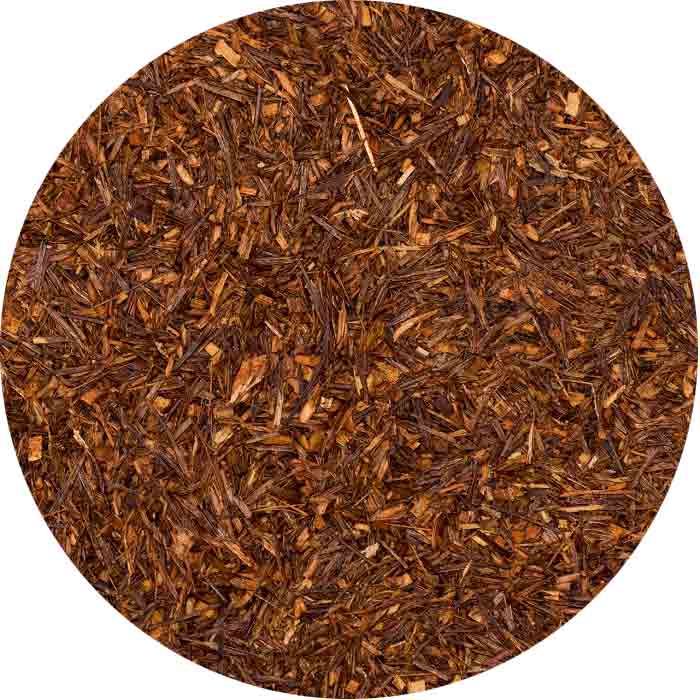
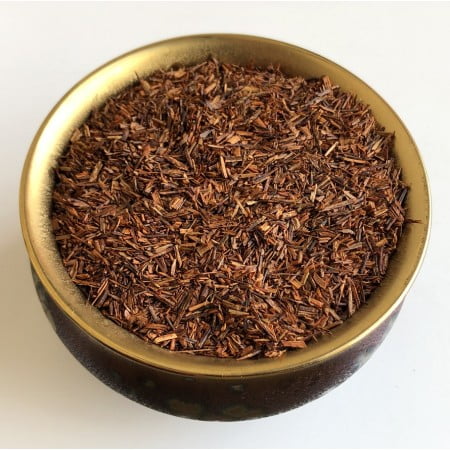
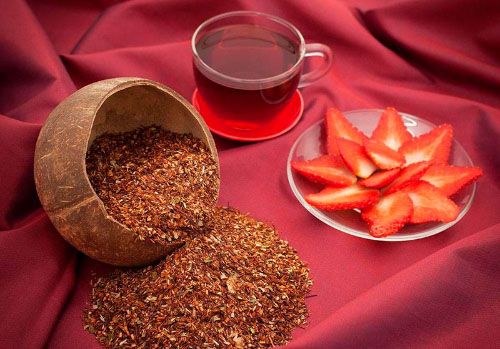
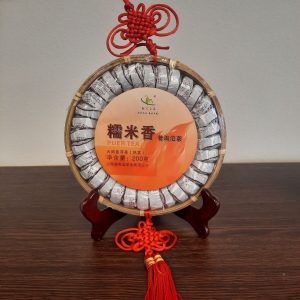



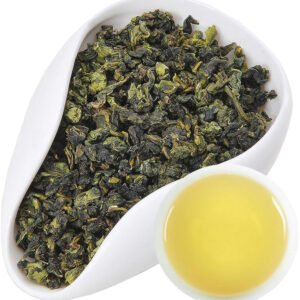

Reviews
There are no reviews yet.